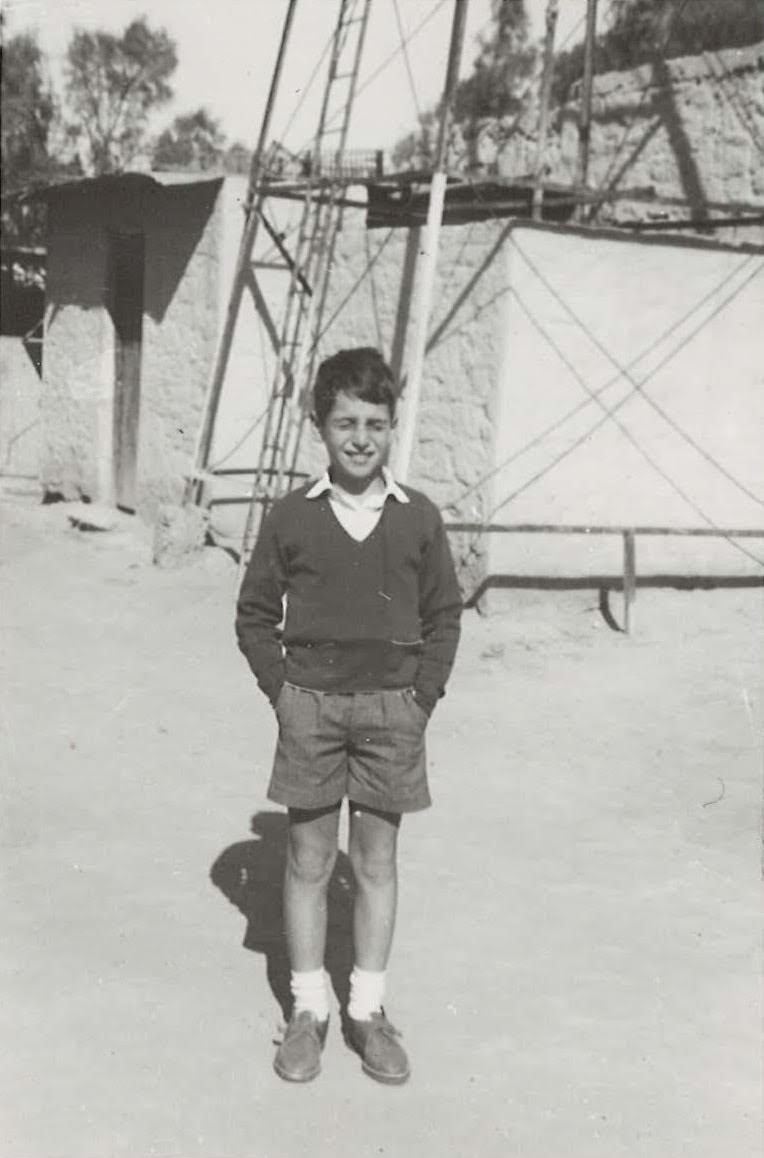The story exists in countless versions. A painter is hired to portray the life of Christ. So he roams the country in search of the most angelic-looking boy. Eventually he finds him, paints him, and then for years plods through countless towns and villages in search of models for each of the disciples. And, one by one, he finds them: James, Peter, John, Thomas, Matthew, Philip, Andrew, et al. Finally the last one remains to be painted: Judas. But he can’t find anyone who looks as awful as the Judas he has in mind. By now the painter is quite aged and doesn’t even remember who had commissioned the painting or if that person is still alive to pay him for his work. But the painter is headstrong, and one day, outside a tavern, he spots the most debauched, seedy-looking, bedraggled vagabond who is clearly given to drinking, lechery, and thieving, if not worse. The painter offers him a few coins and asks if he would sit for him. “I will,” replies the man with a sinister smirk on his face. “But give me the coins first,” he says, proffering a filthy hand. The painter does as he’s told and pays the man. The hours pass. “Whom are you painting?” the vagabond asks. “Judas,” replies the painter. After hearing the painter’s answer, the would-be Judas begins to weep. “Why are you crying?” asks the painter. “Years ago you painted me as Jesus,” says the man. “Now look and see what’s become of me.”
Some versions of the story say the vagabond’s name was Pietro Bandinelli and that he sat for Leonardo’s Last Supper, first as Jesus and a while later as Judas. Others maintain that his name was Marsoleni and that Michelangelo painted him as the innocent-looking child Jesus and years later as Judas.
I was thirteen or so at the time my father told me the story, and I remember that it made a powerful impression on me, leaving me feeling even stunned, as though my father had told me a tale not just about Jesus and Judas or about how time can totally undo who we think we are, but that the story was also about me in ways that I couldn’t begin to put into words. Yes, time happens to all of us, but the Jesus-Judas story struck me as a cautionary tale, almost an admonition, that I, like the boy Jesus, had a dissolute Judas inside me who could any moment slip out, take over, and lead me down an irreversible path. I was a boy, but I had Judas in me – I knew it, and, what made things worse, my father seemed to know it too.
What moved me, and will continue to move anyone who hears this story, is that the passage of time could transform a person from an unsullied, uncorrupted, godlike boy into a thorough degenerate steeped in sin and damnation. Something about this tale clearly suggested a truth about an aspect of myself that I had never considered before: that I could easily turn, or that I was already turning and didn’t see it. I was already feeling guilty for acts I knew not a thing about, much less how to commit them.

Homo Irrealis by André Aciman is published by Faber.
